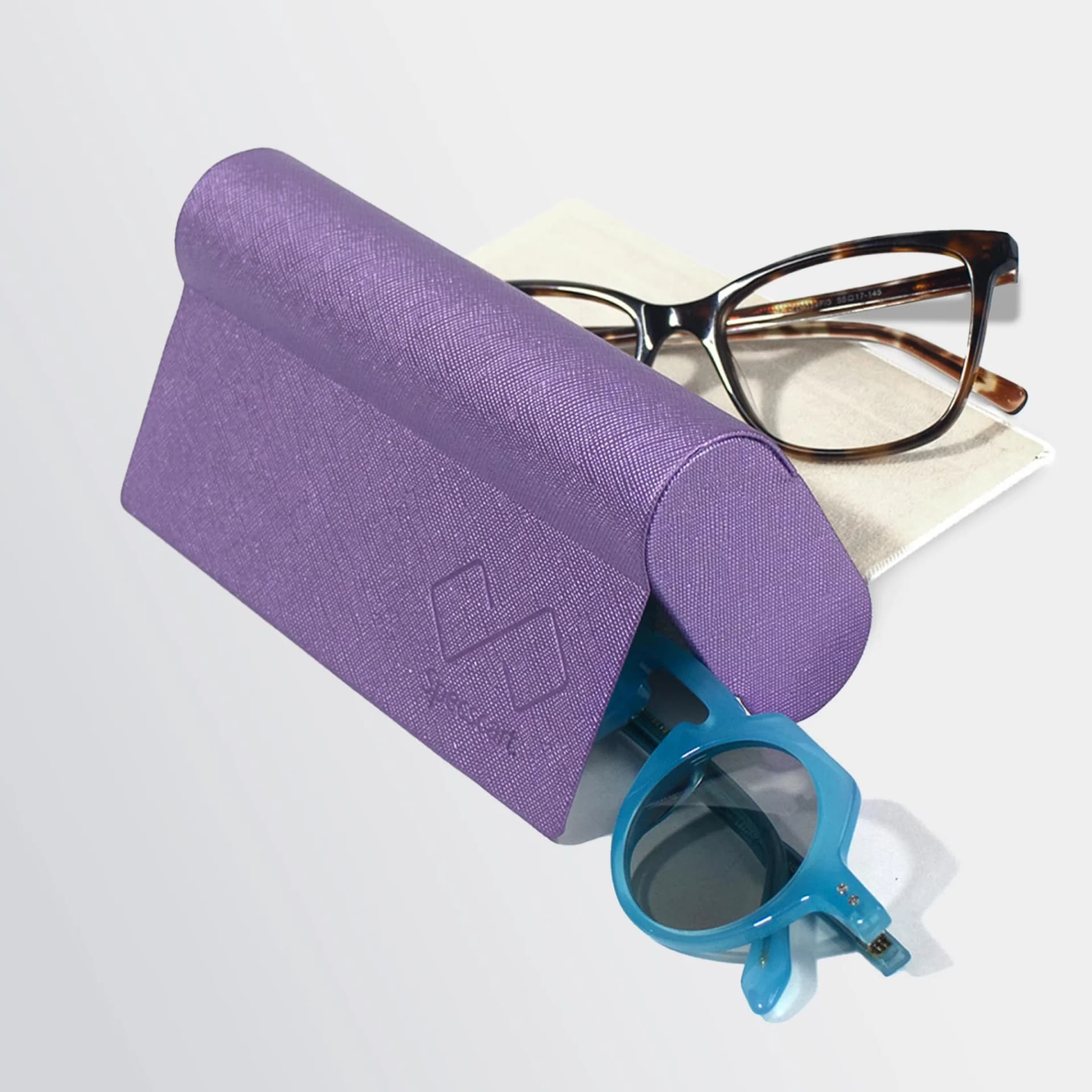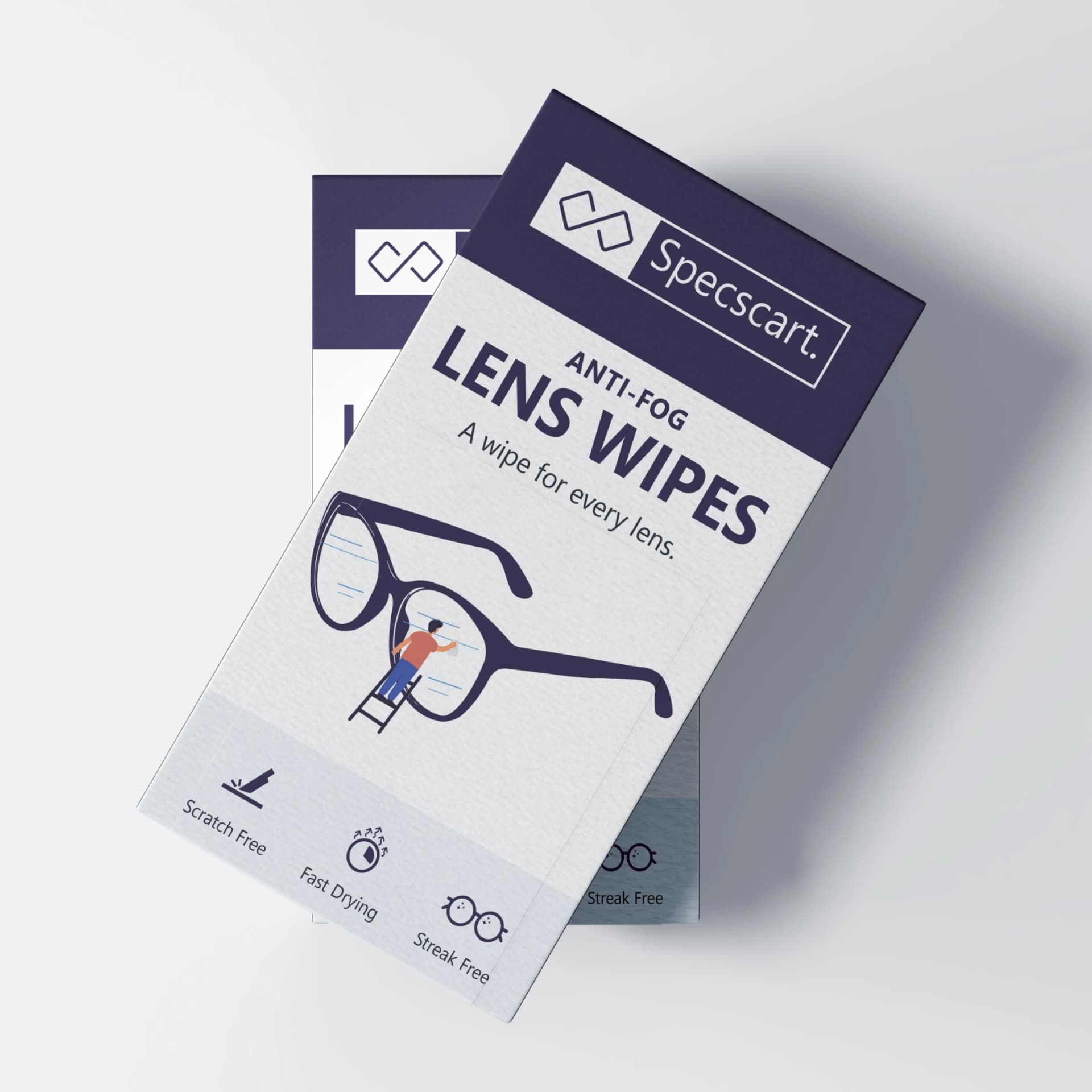Have you ever seen someone with two pupils? Well, most of us have not because it is extremely rare. Most of us feel that eye conditions are only related to nearsightedness or presbyopia that can be corrected by using prescription glasses but the truth is there are so many other eye problems too.
Polycoria is an eye condition where the eyes have two or more pupils instead of one. This could happen in one or both of your eyes and the condition typically starts to develop during childhood but isn’t diagnosed until later in life. No matter how absurd this thing sounds, it’s real. The eye condition is extremely rare and is often mistaken for other conditions. If you have any questions in your mind about Polycoria, then stick with us until the end.
Types of polycoria
There are two types of Polycoria and here is everything you need to know about them.
- True polycoria is when you have two or more pupils in the same eye. Each of the pupils has a separate intact sphincter muscle that makes the pupil constrict or dilate based on the light your eye is exposed to. People who have this condition experience many visual limitations. Not only this but the retina might also be stimulated in response to bright lights.
- False, or Pseudopolycoria is less rare than true polycoria but looks similar to the former. Simply put, people with Pseudopolycoria seem to have two or more pupils in one eye. But, in this case, the pupils don’t have separate sphincter muscles and can’t act independently. These extra pupils are nothing but the holes in your iris. As this condition is just an imperfection of the iris, people with Pseudopolycoria don’t experience any vision problems.
What causes polycoria?
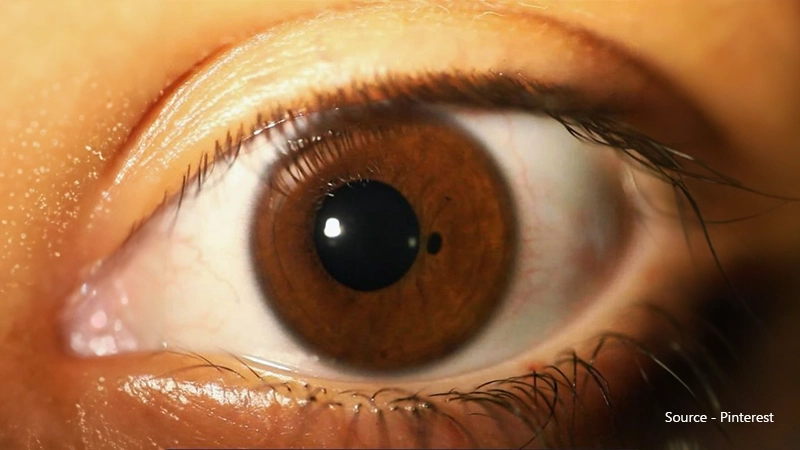
Polycoria is a congenital condition and is usually not diagnosed until adulthood. The prevalence of true Polycoria is quite uncommon. Typically, Polycoria is associated with certain eye conditions of uneven pupils, such as -
- Glaucoma
- Detached retina
- Polar cataracts
- Abnormal development of the eye
- Abnormal development of the pupils
- A bridge between pupils consisting of iris tissues
As it is obvious by now, Polycoria is a very rare eye disorder. So, it is difficult to determine the actual cause. Hence, regular eye tests are important and if you reside in Manchester, you can book a free eye test at your nearest specscart store.
Polycoria’s effects on vision
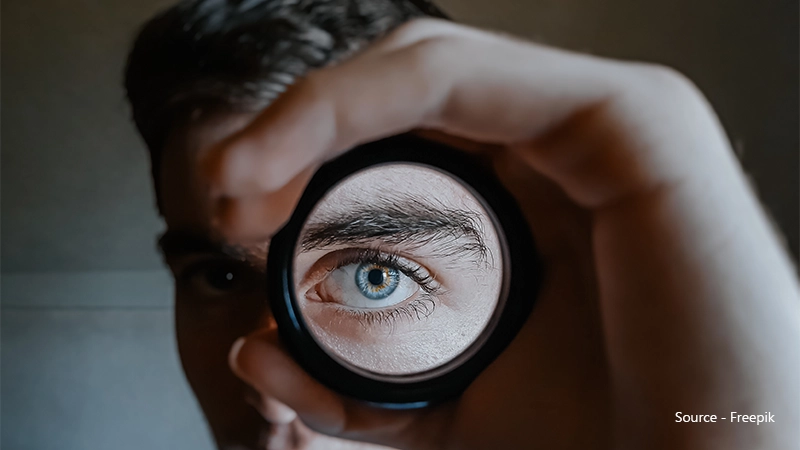
Polycoria has several effects on a person’s vision. Some of the usual ones include blurred vision, poor vision, difficulties from the glares of light, etc. Such effects or complications arise because Polycoria reduces the functionality of the iris and the pupil. On the other hand, Pseudopolycoria or False Polycoria might be a manifestation of Axenfeld-Rieger syndrome.
In simple words, we can understand Axenfeld-Rieger syndrome as a genetic eye condition that affects the eyes. Individuals inflicted by this condition may display False Polycoria, which manifests as extra holes in the iris that resemble multiple pupils or a single pupil that is not at the centre.
In addition, another rare eye condition known as Iridocorneal endothelial (ICE) syndrome is often associated with Polycoria. It is an eye disorder that can result in the distortion of the iris and pupil and may lead to Polycoria. Patients with ICE often develop secondary glaucoma. Moreover, the symptoms of ICE syndrome are common in women and patients between the ages of 20 to 50.
Symptoms of polycoria
Symptoms of polycoria usually include having more iris muscles than normal. Iris is the ring around the pupil that determines your eye colour. It also controls the amount of light that reaches your eyes.
The most common symptom of polycoria is the appearance of two or more pupils in one eye. But, there could be other signs such as:
- Blurred vision in the eye with polycoria
- Dim or double vision
- The oblong shape of the extra pupils
- Excessive glaring
Treatment for polycoria
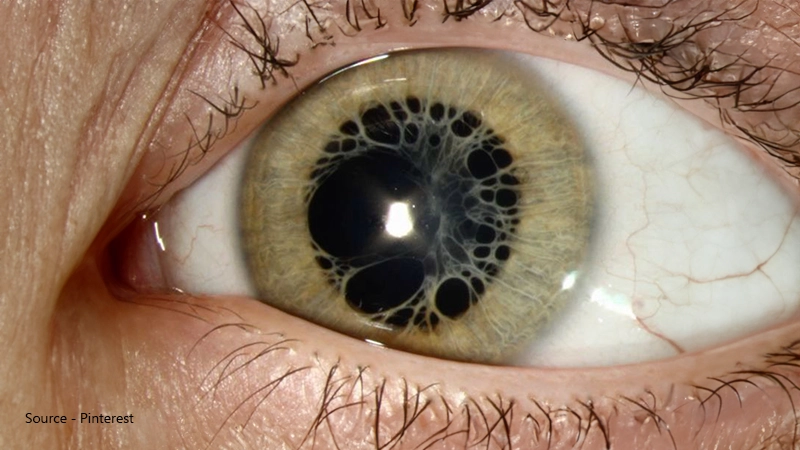
People with Pseudopolycoria don’t require any treatment as their vision isn’t affected by this condition. Those who experience vision difficulties due to this condition must seek immediate medical treatment.
Surgery is one treatment method for polycoria. But, since this problem is so rare, it could be pretty hard to determine the best form of treatment for this condition.
The surgery for polycoria is known as Pupilloplasty where the surgeon cuts the bridge between the pupils. However, there are not sufficient cases or evidence to determine whether this procedure is safe for everyone.
Summing it up
A person with polycoria won’t need any treatment until the condition is affecting their vision and interfering with their daily life. If you have this rare eye condition, make sure you visit your eye doctor regularly for routine eye check-ups. Having regular eye tests is also crucial to your overall eye health as well. You can book free eye tests with Specscart and regularly monitor your eye health.
Caution: You may become style obsessed
Your way finder
2000+ Trendy Styles

Fashion Forward Sunnies















































